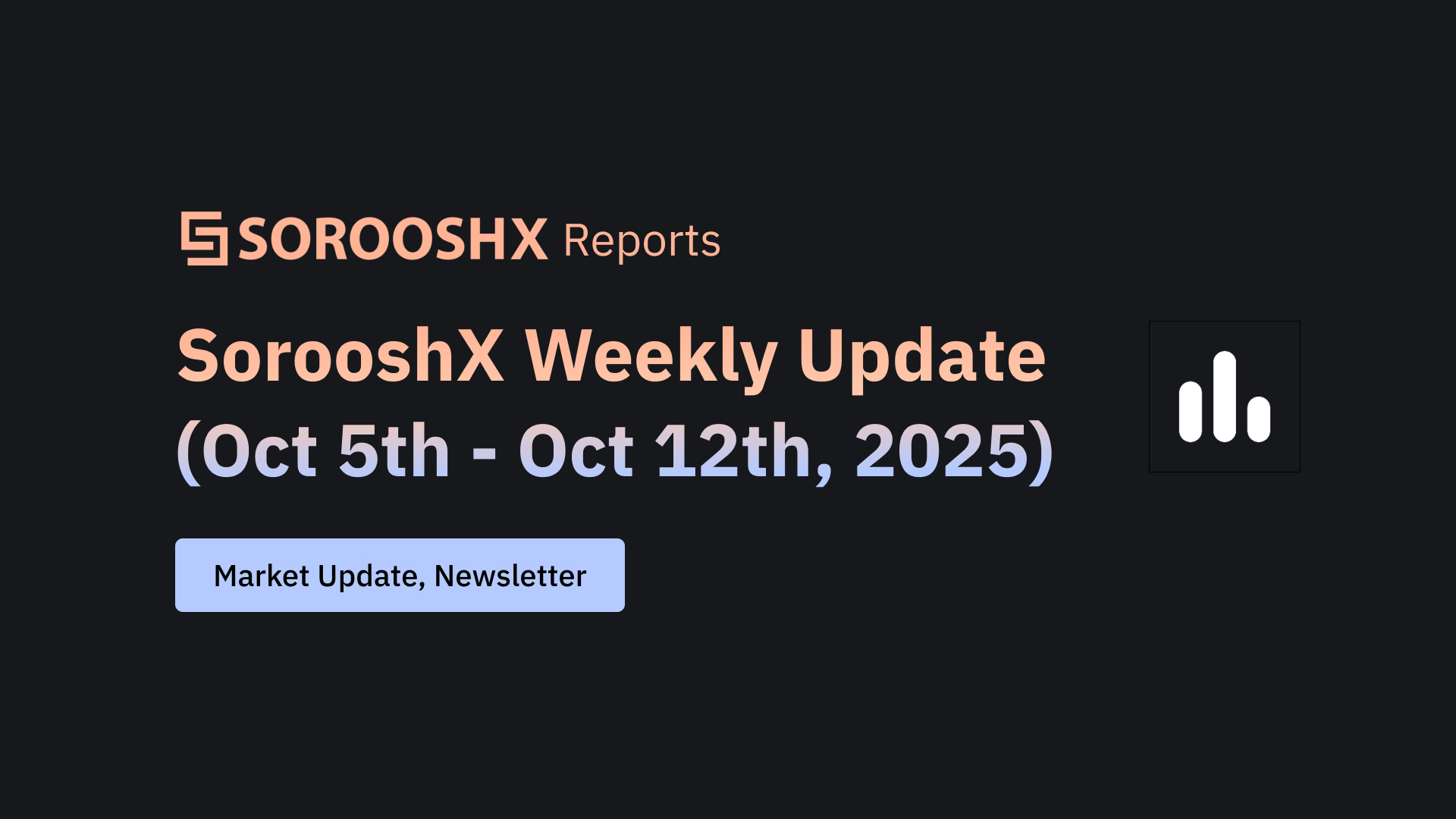
Economies, especially among advanced nations, appear to be increasingly embracing a “run-hot” mode: loose fiscal stances and monetary caution, even in the face of high inflation, suggest a tolerance for overheating rather than outright contraction.
The fragility of global financial markets rose in focus: central banks and financial regulators flagged elevated risks from stretched asset valuations, geopolitical stresses, and the volatility of newer sectors (notably AI and crypto).
In the United Kingdom, economic momentum continued to soften. In particular, business sentiment weakened, consumer spending remained constrained, and inflation pressures—especially from food and energy—continued to hamper disinflation.
UK inflation remained elevated above the Bank of England’s 2 percent target. The Monetary Policy Committee (MPC) opted to hold the Bank Rate steady (at around 4.0 %) for now, but flagged that future cuts must proceed cautiously given uncertainties.
The purchasing managers’ indices (PMIs) in the UK and eurozone signaled cooling in the private sector; new order growth weakened, and manufacturing remained under pressure.
In the UK labor market, wage growth decelerated sharply—September data showed starting pay rising “negligibly,” marking the weakest pace in several years. This trend reinforced concerns over consumer demand and the ability of households to sustain spending.
Sterling (GBP) endured a rough stretch: the pound faced its worst week since January, propelled by economic anxieties, weak wage data, and appreciation of the U.S. dollar.
The week was marked by dramatic swings in crypto markets. On October 5, Bitcoin surged to a new all-time high—crossing above $125,000 on strong institutional inflows and broad risk demand.
However, that euphoria was followed by a sharp reversal. On October 10, U.S. President Trump announced a move to raise tariffs on Chinese goods to 100% and impose additional export controls on critical software. The announcement sparked panic in global markets, especially cryptos, and triggered a cascade of liquidations.
By midday, Bitcoin extended losses to around $104,782, falling over 8 percent intraday, as leveraged positions were force-unwound.
The crypto market endured one of its largest liquidation events ever: about $16 billion in leveraged long bets were liquidated across the major assets (Bitcoin, Ethereum, XRP, Solana, etc.).
Some altcoins showed relative resilience in the crash—BNB, for example, dipped but held around the $1,130 level, supported by its utility within the Binance ecosystem.
The post-crash phase suggested a gradual bottoming process: market watchers emphasized that markets may not recover in a V-shaped snapback, but via multiple support tests, consolidation, and selective rebounds in higher-quality names.
Notably, global crypto ETFs registered record inflows earlier in the week: through the week ending October 4, $5.95 billion entered ETF vehicles, led by Bitcoin (~$3.55 billion) and Ethereum (~$1.48 billion).
The institutional tilt remained in focus: ETF inflows, regulatory clarity, and broader adoption narratives drove a sense that crypto is inching further into mainstream portfolios.
Analysts and traders remained keenly attuned to the interplay of macro shocks (e.g. trade escalations, dollar strength) and crypto’s reflexivity. Some flagged that the scale of the crash could reprice risk premia and investor expectations.
The Bank of England and other financial stability authorities issued warnings about the possibility of an “AI bubble” erupting into a broader market correction. The rapid rise in valuations of AI-related equities was flagged as potentially unsustainable, especially if technological or earnings expectations disappoint.
Some central bankers and regulators cautioned that political pressure on central banks—especially in the U.S.—could erode confidence and amplify tail risks.
The tight coupling of macro, geopolitical, and digital-asset regimes became more evident: crypto is no longer isolated from trade wars, regulatory shifts, or monetary policy signals.
U.S. data & shutdown dynamics
The ongoing U.S. government shutdown is expected to weigh on the release of key economic data (consumer, producer prices, retail sales). Markets will scrutinize the limited data that does come out—for example, industrial production and regional Fed surveys—to infer the trajectory of U.S. monetary policy.
If inflation data softens, markets will lean toward further Fed rate cuts; if inflation remains sticky, hawkish responses might emerge.
Trade & tariff fallout
The shock from the 100 % China tariffs and software export controls will ripple through global trade, supply chains, and business sentiment. Upcoming trade and industrial figures from the U.S., China, and Europe will be parsed for signs of deceleration or resilience.
Should retaliation or escalation occur, risk assets (equities, crypto) could face renewed pressure.
UK and European updates
In the UK, attention will focus on labor market metrics, GDP growth releases, and any signals from the BoE on timing of rate cuts.
In the eurozone, industrial production, inflation, and trade data will be key to assessing whether the region can avoid outright stagnation.
Crypto sentiment & technical rebound potential
After the shock, crypto markets may attempt a staged recovery. But gains will likely be tested by macro headwinds (dollar strength, risk-off flows) and technical resistance.
Key support zones for Bitcoin and Ethereum will be watched; renewed inflows into ETFs or renewed institutional buying could catalyze momentum.
Market participants will also watch whether any regulatory developments or central bank pronouncements affect sentiment.
Valuation stress in AI / tech / speculative sectors
The warnings from financial authorities about overvaluation pressures in the AI / tech complex will be under scrutiny. Weak earnings or technological bottlenecks could spark corrections, which in turn may spill over into risk assets broadly (including crypto).
A shift in sentiment away from speculative, high-multiple names could cause portfolio rotation and volatility.
Moderate rebound: markets stabilize at lower levels, crypto and equities claw back some losses, especially if macro data surprises moderately strong or inflation cools.
Further volatility / downside: renewed macro or geopolitical shocks (tariff escalation, weaker data, central bank hawkishness) could drive deeper drawdowns.
Rotation into quality assets: safe havens (gold, high-grade bonds) and high quality equities/crypto protocols might outperform more speculative names.
We are excited to announce the listing of trending trading pairs on our platform (Spot and Futures) during the last week:
💵In appreciation of the continuous activity of the SoroushX TV social traders, a $25 gift was awarded to the TV analysts:
1) masihxau $25
2) Mr.G $25
3) Growthchaser $25
If you are also a crypto content creator, log in to the app and start your activity in the SorooshX Community👇🏼
https://www.sorooshx.com/download

Think you’ve got what it takes to make the leaderboard?
Start your own trading channel on SorooshX today and begin sharing your market insights and signals with a growing community of traders. It's your chance to shine, build a following, and earn weekly bonuses for your performance.
Thank you for being a part of the SorooshX community! Stay informed and make the most of your trading experience on SorooshX! Here’s how you can engage with us:
Explore New Features: Log in to your SorooshX account to experience the latest updates and improvements.
Join the Conversation: Join “Ideas” our special social media for traders on SorooshX to stay updated on market trends and platform news.
Trade Smart: Take advantage of our newly listed trading pairs and explore new opportunities in the market.
Written by
@support